Ein kleiner Riss kann Ihren geliebten Terrassenbrunnen in eine langsame, geheimnisvolle Pfützenmaschine verwandeln. Die gute Nachricht: Die meisten Harzbecken lassen sich problemlos selbst reparieren – ein Fachbetrieb ist nicht nötig. Mit dem richtigen Kleber, etwas Vorbereitung und Geduld beim Aushärten können Sie Lecks abdichten, die Struktur wiederherstellen und Ihren Brunnen wieder zum Laufen bringen. Im Folgenden finden Sie eine übersichtliche Schritt-für-Schritt-Anleitung sowie Tipps zur Vorbeugung und Informationen, wie die Solaranlage von Poposoap zu einer schonenderen und stressfreieren Installation Ihres Brunnens beiträgt.
1) Materialidentifizierung und Rissarten
Wissen Sie, was Sie reparieren? Die meisten Gartenschalen bestehen aus Polyresin (Steinpulver + Harz), manchmal aus glasfaserverstärktem Harz und gelegentlich aus HDPE/PP-Kunststoff. Harz fühlt sich in der Regel steinähnlich an und nimmt Farbstrukturen gut auf; Glasfaser weist an der Unterseite eine leichte Gewebestruktur auf; HDPE/PP fühlt sich leicht wachsartig an und ist flexibel.
Häufige Rissmuster:
- Haarlinien-Sickerung: eine spinnennetzartige Leitung, die nur unter Wasserdruck Wasser durchlässt.
- Spannungsrisse an Durchführungen: um den Pumpenauslass oder die Kabeldurchführung.
- Aufprallabsplitterung/Durchstich: durch einen Sturz oder einen herabfallenden Stein.
- Nahtriss: entlang einer Formlinie oder an einer Klebestelle.
Die Reparatur sollte dem Schaden angepasst sein: Haarrisse erfordern dünne, tief eindringende Dichtstoffe; Risse und Einstiche benötigen eine strukturelle Verstärkung (Epoxidharz + Gewebe).
2) Notfallreparaturmethoden
Wenn überall Wasser ist, nur nicht in der Schüssel, sollte man zuerst die Situation stabilisieren – dann kann man eine langfristige Lösung planen.
- Abtropfen lassen, trocknen und markieren.
- Leeren Sie die Schüssel. Trocknen Sie sie mit einem Handtuch ab und lassen Sie sie an der Luft trocknen (Sonne oder Ventilator). Bestäuben Sie sie mit Talkum oder Kreide, füllen Sie sie kurz und beobachten Sie, wo die Linie dunkler wird – nun kennen Sie den gesamten Verlauf.
- Den Riss (vorsichtig) mit einer V-förmigen Nut versehen.
- Verwenden Sie eine scharfe Universalklinge oder einen Dremel mit konischem Aufsatz, um die Haarrisse zu einem flachen „V“ zu öffnen. Dadurch erhalten die Klebstoffe eine Haftfläche.
- Schneller, vorübergehender Stopp (falls der Motor unbedingt weiterlaufen muss):
- Für eine haarfeine Abdichtung dünnflüssigen Cyanacrylatkleber (CA-Kleber) auftragen und mit Backpulver bestäuben, um die Aushärtung zu beschleunigen. Dies ist eine temporäre Abdichtung – später mit Epoxidharz nachversiegeln.
- Bei einem winzigen Loch hält ein Tropfen aquariengeeignetes Silikon nach vollständiger Aushärtung 24–48 Stunden.
- Langlebige Reparatur, auf die Sie sich verlassen können:
- Zweikomponenten-Marine-Epoxidharz (Paste) ist das Standardprodukt für Harze. Nach der Reinigung mit Isopropylalkohol das Epoxidharz von innen in die V-Nut drücken. Die Ränder mit einem feuchten, behandschuhten Finger verstreichen.
- Bei Rissen oder Löchern wird innen ein Streifen Glasfasergewebe oder perforiertes Reparaturklebeband angebracht und anschließend mit Epoxidharz getränkt. Dadurch entsteht ein Verbundflicken, der flexibel und hitzebeständig ist.
- Entlang einer Nahtlinie sowohl innen als auch außen Epoxidharz auftragen und, wenn möglich, bis zum Aushärten festklemmen.
- Erst heilen, dann testen.
- Die meisten Epoxidharze benötigen 8–24 Stunden Aushärtung bei Raumtemperatur. Nach dem Aushärten mit Schleifpapier (Körnung 120→220) glätten, dann die Schüssel im Freien befüllen und auf Undichtigkeiten prüfen.
- Lackierung & UV-Schutz.
- Mit wetterfester Acrylfarbe ausbessern und mit einem klaren, UV-beständigen Decklack versiegeln. UV-Strahlung ist eine Hauptursache für die Versprödung von Harz; die Versiegelung verlängert die Lebensdauer um Jahre.
Tipp: Vermeiden Sie das Verkleben von Polyresin mit Lösungsmitteln („Kunststoffschweißen“) – viele Mischungen schmelzen/verbinden nicht zuverlässig. Epoxidharz ist für Harzmischungen sicherer und fester.
3) Materialempfehlungen
- Zweikomponenten-Epoxidharzpaste für den Marinebereich: Haftet auf Harz, Glasfaser und lackierten Oberflächen; härtet wasserdicht aus.

- Epoxid-Kittstift: praktisch zum Füllen kleiner Löcher oder zum Herstellen einer Abrundung unter einer Kante.
- Aquariumgeeignetes Silikon: flexibel, ideal für kleinste Durchdringungen und Tüllen; weniger stabil als Epoxidharz.
- Fiberglasgewebe: Verleiht größeren Reparaturstellen zusätzliche Stabilität; wird mit Epoxidharz an der Innenseite der Schüssel eingebettet.
- Isopropylalkohol (90%+): Entfettet vor dem Verkleben; ölige Reinigungsmittel vermeiden, da diese die Haftung beeinträchtigen.
- Acryl-Decklack mit UV-Inhibitoren: Verlangsamt Sonnenschäden und das Ausbleichen der Farbe.
Arbeiten Sie sauber, trocken und geduldig. Die meisten fehlgeschlagenen Reparaturen entstehen durch eingeschlossene Feuchtigkeit oder übereilte Aushärtungsprozesse.
4) Poposoap-Garantiebestimmungen
Poposoap steht für unkomplizierte, nachhaltige Wasserspiele, die Sie bedenkenlos installieren und genießen können. Sollte Ihr neuer Springbrunnen oder Ihre Solarpumpe einen Defekt aufweisen – der nicht durch Stöße, Frost oder unsachgemäße Verwendung verursacht wurde – bewahren Sie bitte Ihren Kaufbeleg auf und kontaktieren Sie den Poposoap-Kundendienst über die Website. Die Mitarbeiter helfen Ihnen bei der Fehlerdiagnose, liefern kompatible Ersatzteile (Pumpen, Paneele, Kabel, Vorfilter) und beraten Sie zu den nächsten Schritten. Auch bei Becken außerhalb der Garantiezeit unterstützt Sie der Kundendienst bei der sicheren Reparatur oder der Beschaffung eines passenden Ersatzteils aus dem Poposoap-Sortiment. (Da die genauen Bedingungen je nach Region und Händler variieren, prüfen Sie bitte Ihre Bestellbestätigung auf die genauen Garantiebedingungen und Rückgabefristen.)
5) Empfehlungen nach der Prävention

Machen Sie Ihrer Reparatur das Leben leicht, damit sie lange hält:
- Wählen Sie die richtige Pumpengröße. Zu große Pumpen erzeugen unnötige Turbulenzen und Gewicht, die dünne Schalen stark belasten. Die Poposoap Solarbrunnenpumpen sind speziell für Vogeltränken und kleine Schalen entwickelt – sie bieten ausreichend Förderhöhe und verschiedene Düsenoptionen, ohne die Schale zu überlasten.
- Sorgen Sie für einen gleichmäßigen, nicht zu starken Wasserdurchfluss. Für eine stabilere Leistung an trüben Tagen empfiehlt sich die Kombination Ihres Solarbrunnens mit einem Poposoap-Akku-Backup, um das Becken und die Dichtungen beim Ein- und Ausschalten zu schonen.
- Platzieren Sie das Solarpanel in der Sonne, die Schale im Halbschatten. Verwenden Sie ein Poposoap-Verlängerungskabel, um das Panel in der vollen Sonne zu positionieren, während die Schale im Halbschatten steht – kühleres Wasser bedeutet weniger Temperaturschock und langsamere UV-Alterung.
- Ebener, gepolsterter Untergrund. Stellen Sie die Schüssel auf eine feste, ebene Unterlage (z. B. Pflasterstein + dünne Gummimatte). Drehen oder Wackeln konzentriert die Spannung und begünstigt neue Risse.
- Winterfest machen. In Frostgebieten die Schüssel abtropfen lassen und drinnen lagern oder mit einer atmungsaktiven Abdeckung trocken halten. Frost-Tau-Wechsel können Haarrisse verursachen.
- Nur schonende Reinigung. Verzichten Sie auf Bleichmittel und aggressive Lösungsmittel, da diese das Harz verspröden. Spülen Sie Schwämme in Teichwasser aus und verwenden Sie milde, teichgeeignete Reinigungsmittel.
- Die Pumpe sollte vorgefiltert werden. Ein kleiner Schwammvorfilter hält Schmutzpartikel fern, reduziert Verstopfungen und Druckspitzen und verlängert die Lebensdauer der Pumpe – genau das, wofür der Filtrationsansatz von Poposoap in all seinen Kits entwickelt wurde.
- Vierteljährlich prüfen. Auf Haarrisse in der Nähe von Durchdringungen und unter den Rändern achten; den UV-Decklack jährlich ausbessern, wenn der Brunnen in der vollen Sonne steht.
Abschluss
Sie können eine Harzbrunnenschale zu Hause reparieren und ihre Lebensdauer verlängern: Gründlich trocknen lassen, V-Nuten einarbeiten, mit Bootsbau-Epoxidharz verkleben, bei Bedarf mit einem Netzgewebe verstärken und vor UV-Strahlung schützen. Für einen effizienteren Betrieb sorgen passend dimensionierte Poposoap-Solarpumpen, eine einfache Vorfilterung und ein schattiger Standort, die das Wasser sanft plätschern lassen und die Schale intakt halten.




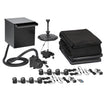
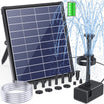
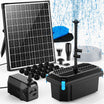
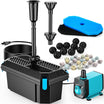
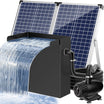
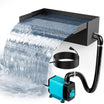

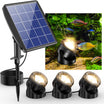
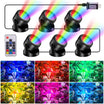

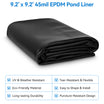
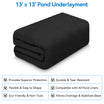

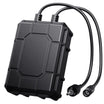
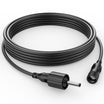

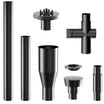
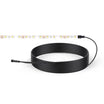
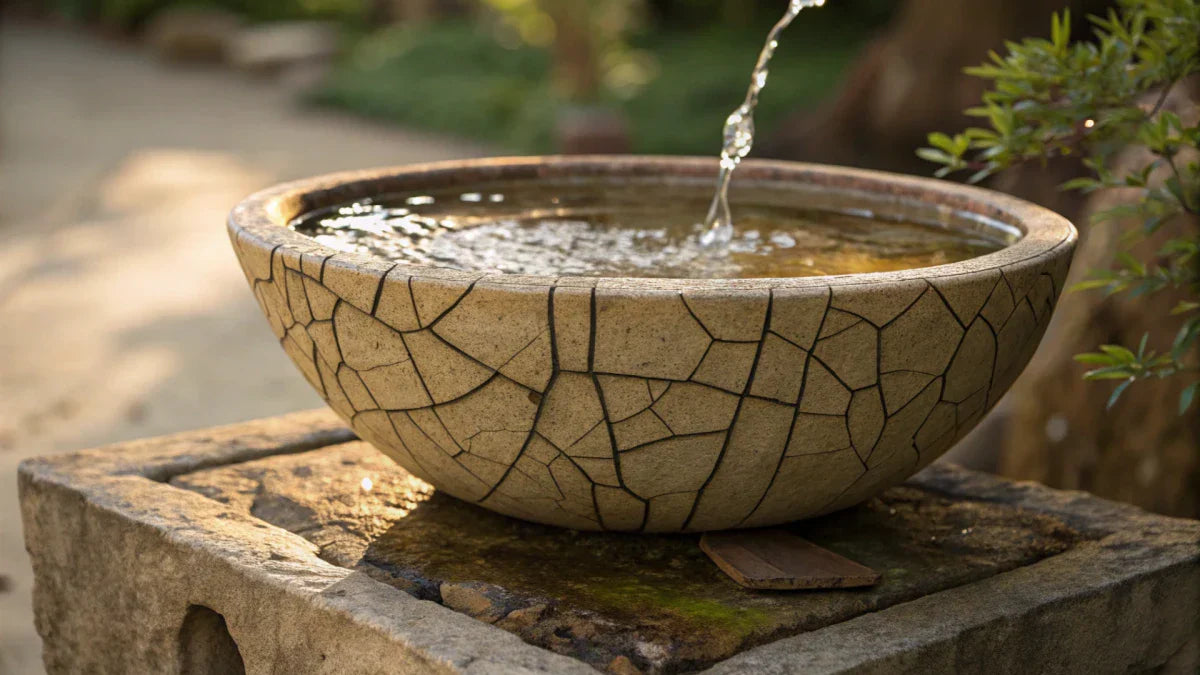
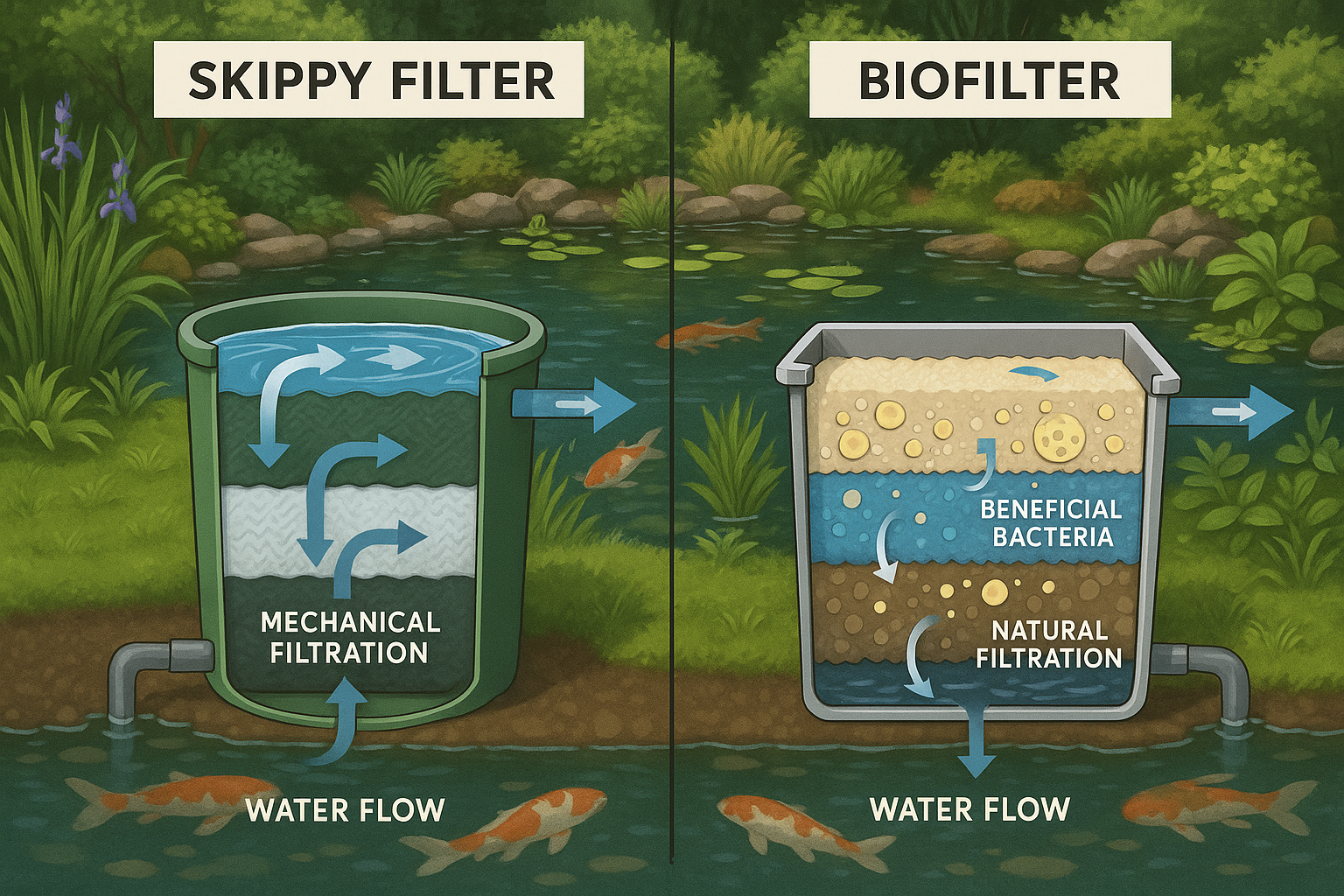
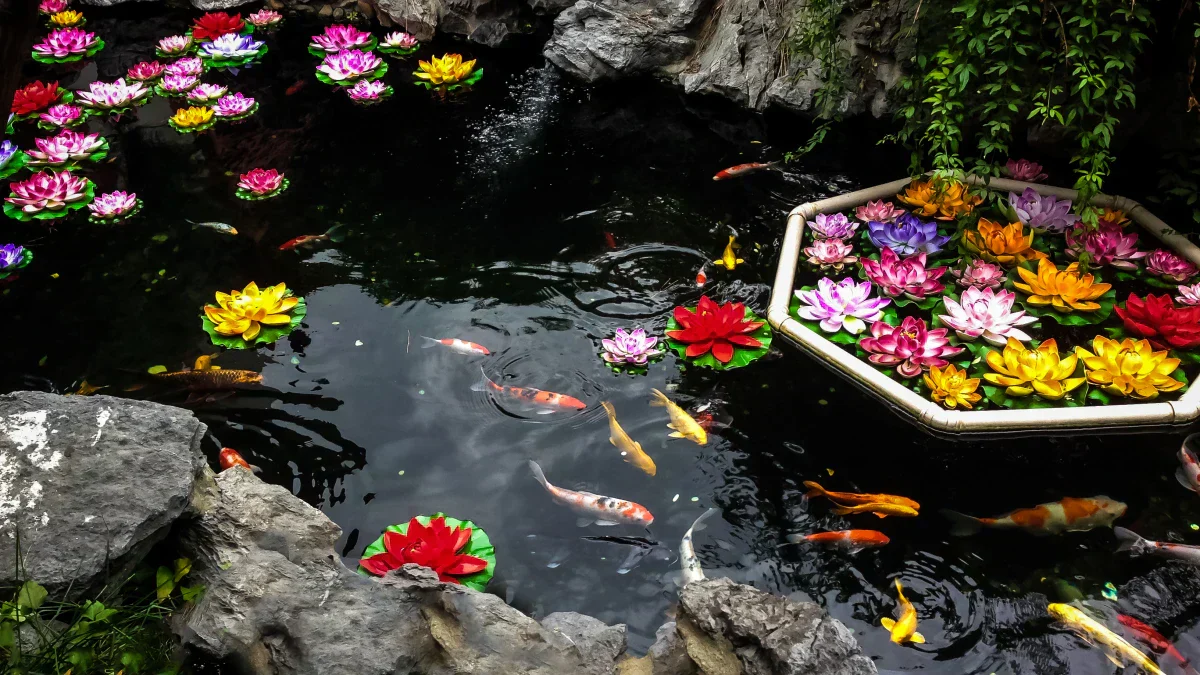
Hinterlasse einen Kommentar
Alle Kommentare werden vor der Veröffentlichung geprüft.
Diese Website ist durch hCaptcha geschützt und es gelten die allgemeinen Geschäftsbedingungen und Datenschutzbestimmungen von hCaptcha.